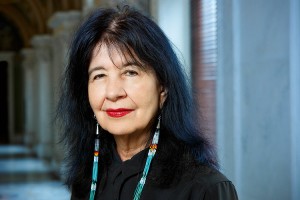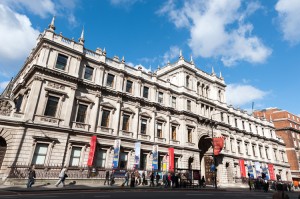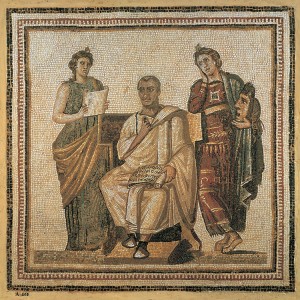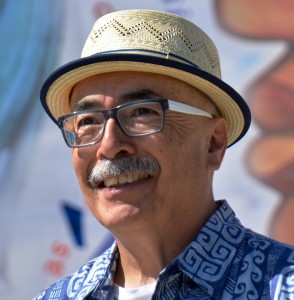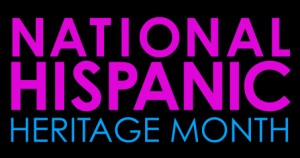Argentina’s Tango Day
Wednesday, December 11th, 2019December 11, 2019
Today, December 11, people celebrate National Tango Day (El Día del Tango) in Argentina, where the tango dance originated and is arguably the national pastime. (Others might say it is fútbol, or soccer.) Tango, which also has roots in neighboring Uruguay, was the first Latin American dance to gain great international popularity. The date for National Tango Day, December 11, marks the birthdays of the Argentine tango music legends Carlos Gardel (in 1890) and Julio de Caro (in 1899)
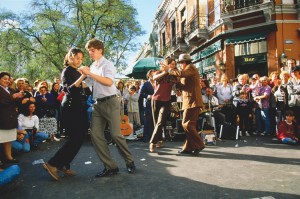
Tango is the national dance and music of Argentina. The couples shown here are dancing in a street in Buenos Aires. Credit: © Robert Frerck, Stone/Getty Images
National Tango Day includes dance spectaculars throughout Argentina and special performances by the 24-couple National Tango Team. Tango competitions and celebrations take over Buenos Aires, the Argentine capital and center of tango culture. The complexity and popularity of tango music and dance have influenced many other arts as well as every day life, emotion, and philosophy in Argentina.
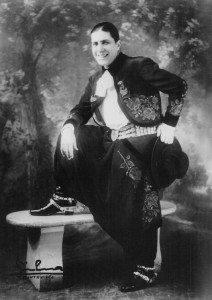
The singer Carlos Gardel grew up in Buenos Aires and became one of the biggest tango stars in the world. Credit: Public Domain
The tango is a ballroom dance for a couple in slow 2/4 or 4/4 time. The dancers alternate long, slow steps with short, quick steps, sometimes making sudden turns and striking dramatic poses. The tango was first danced in the late 1800′s by people of the Río de la Plata region along the border of Argentina and Uruguay. The tango found firm footing in Buenos Aires before spreading to other parts of Latin America.
Tango was introduced in the United States about 1912 by Vernon and Irene Castle, a famous ballroom dancing team. The dance became popular and soon spread to Paris, London, and other parts of the world. Today’s tango is related to an Argentine dance called the milonga, a Cuban dance called the habanera, and a tango from Spain’s Andalusian region.

